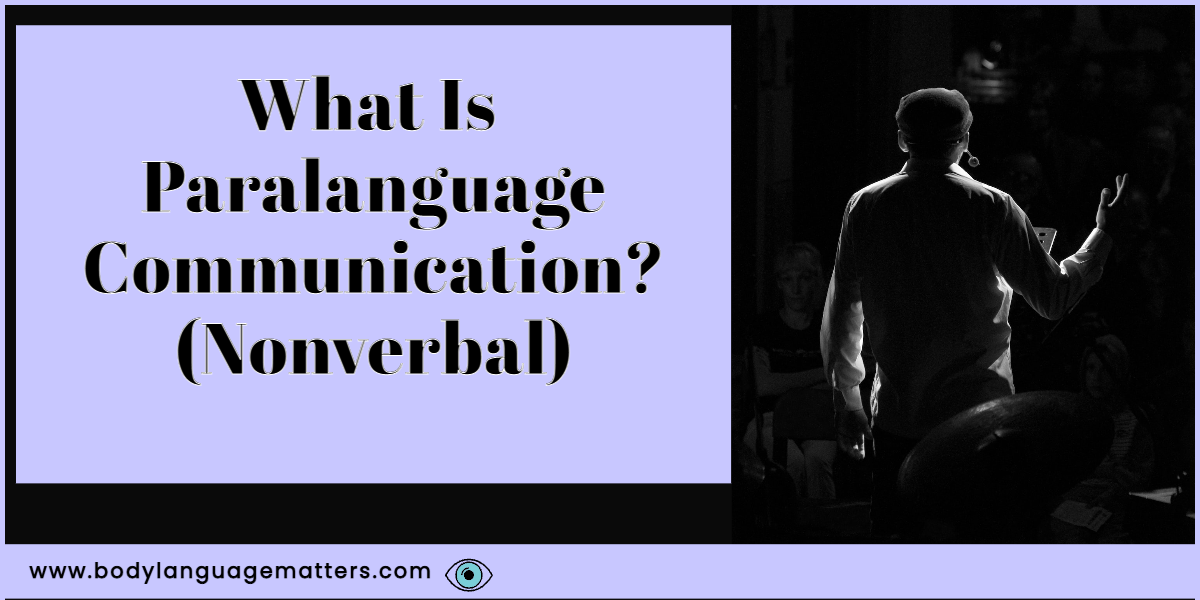So you’ve heard the word “paralanguage” and want to figure out what it means? Well in this post we will take a deep dive into just that.
Paralanguage is a term used to refer to the vocal elements of communication that are not covered by the literal meaning of what is being said. It includes such things as tone, pitch, volume, and rhythm.
The use of paralanguage in communication can have many purposes. For example, it can be used to convey emotions when there is not enough time for facial expressions or body language. It can also be used to emphasize a point or add humor.
Think of paralanguage as a way we say things, as opposed to the words we use. It can be used to sincerely reinforce what we are saying or to subtly influence the way our words are interpreted.
It is a nonverbal way of communicating that can interact with and reinforce the meaning of our words. It is an important tool in our arsenal to assess, interpret and interact with others. We will take a look at 25 examples of Paralanguage below.
25 Examples Of Paralanguage.
- Loudness.
- Pitch.
- Rate.
- Quality.
- Pauses.
- Overlap.
- Fillers.
- Emphasis.
- Intonation.
- Tempo.
- Vocal fry.
- Up-speak.
- Vocal hesitations (um, like, etc.)
- Laughter.
- Crying.
- Yelling.
- Whispering.
- Speaking another language.
- Saying “um” or “uh”
- Saying “like”
- Saying “you know”
- Saying “I mean”
- Trailing off at the end of a sentence.
- Speaking faster when nervous.
- Speaking slower when tired.
What is nonverbal communication?
Nonverbal communication is the process of sending and receiving messages without using words, either spoken or written. It is sometimes called behavioral communication or body language. Examples of nonverbal communication include facial expressions, gestures, body language, posture, eye contact, touch, and the use of space. Nonverbal communication can be used to reinforce or replace verbal communication. It can also be used to convey messages that would be considered inappropriate if conveyed verbally.
Why is nonverbal communication important?
Nonverbal communication is important for several reasons. It can be used to communicate emotions, which can be helpful in building relationships. It can also be used to communicate messages that may be difficult to express verbally. Additionally, nonverbal communication can provide information about a person’s thoughts and intentions.
Defining Paralanguage
Paralanguage is the way we speak, which can include our tone, volume, and other vocal elements. It’s the way we communicate our message, beyond just the words we use. For example, a gasp or sigh can convey meaning to the listener, even if we don’t say anything else. Paralanguage can be a good way to communicate sincerity or to emphasize a point.
Final Thoughts When it comes to understanding what paralanguage communication simply means the way we express ourselves through language words and sounds. We hope you have enjoyed reading this post and if you have you may want to read How To Read Body Language & Nonverbal Cues (The Correct Way) for a more in-depth look into nonverbal communication.

